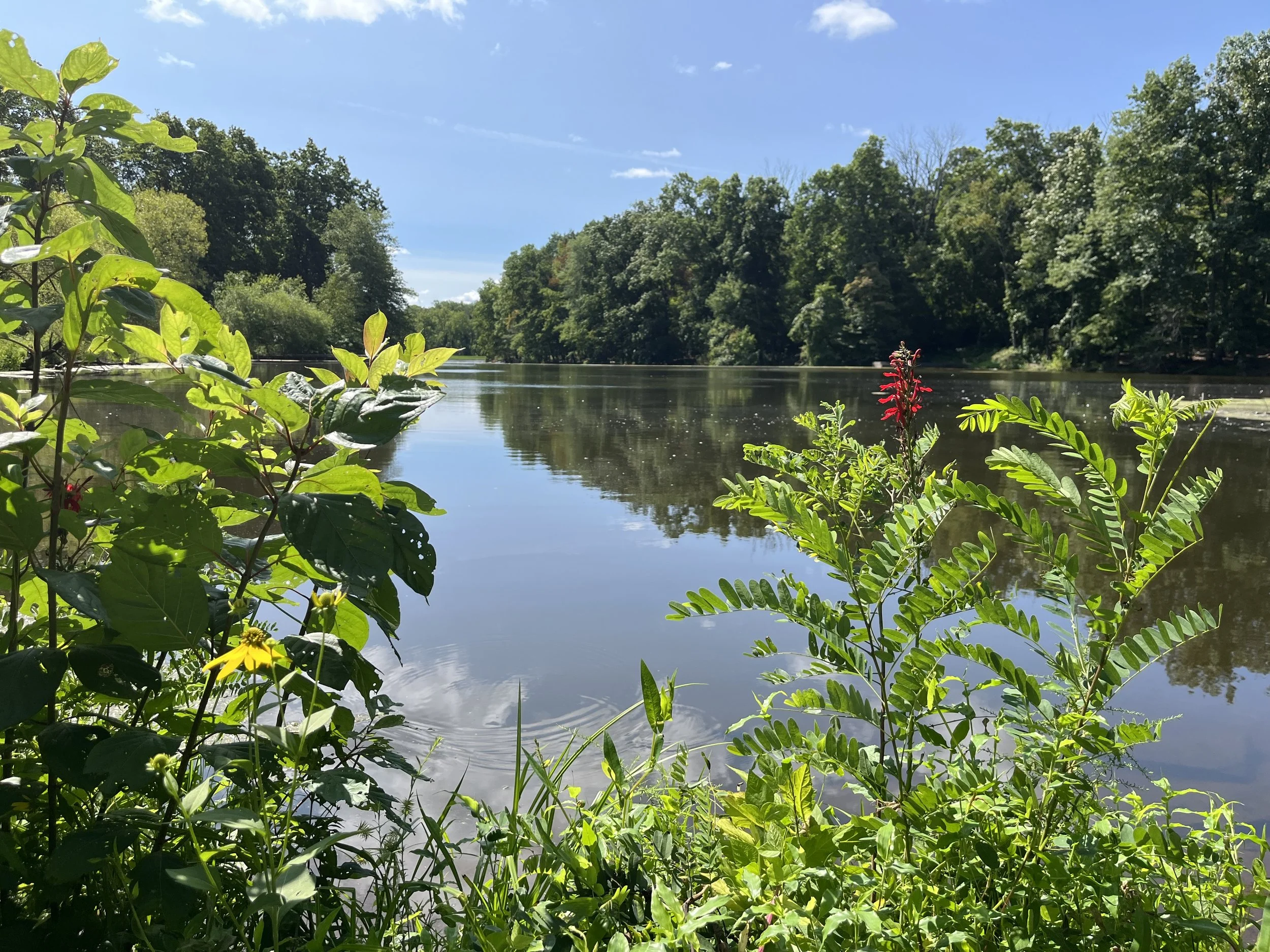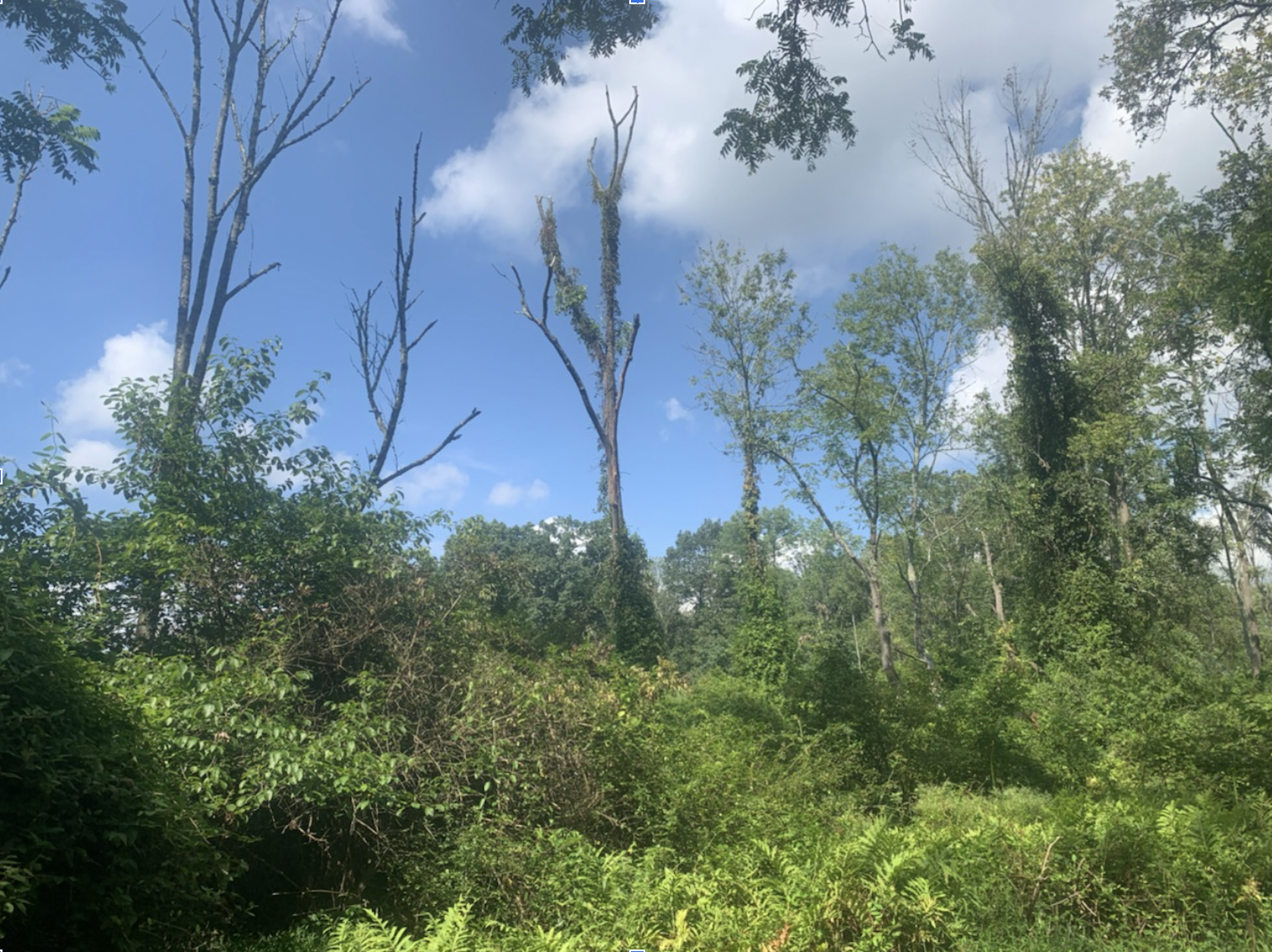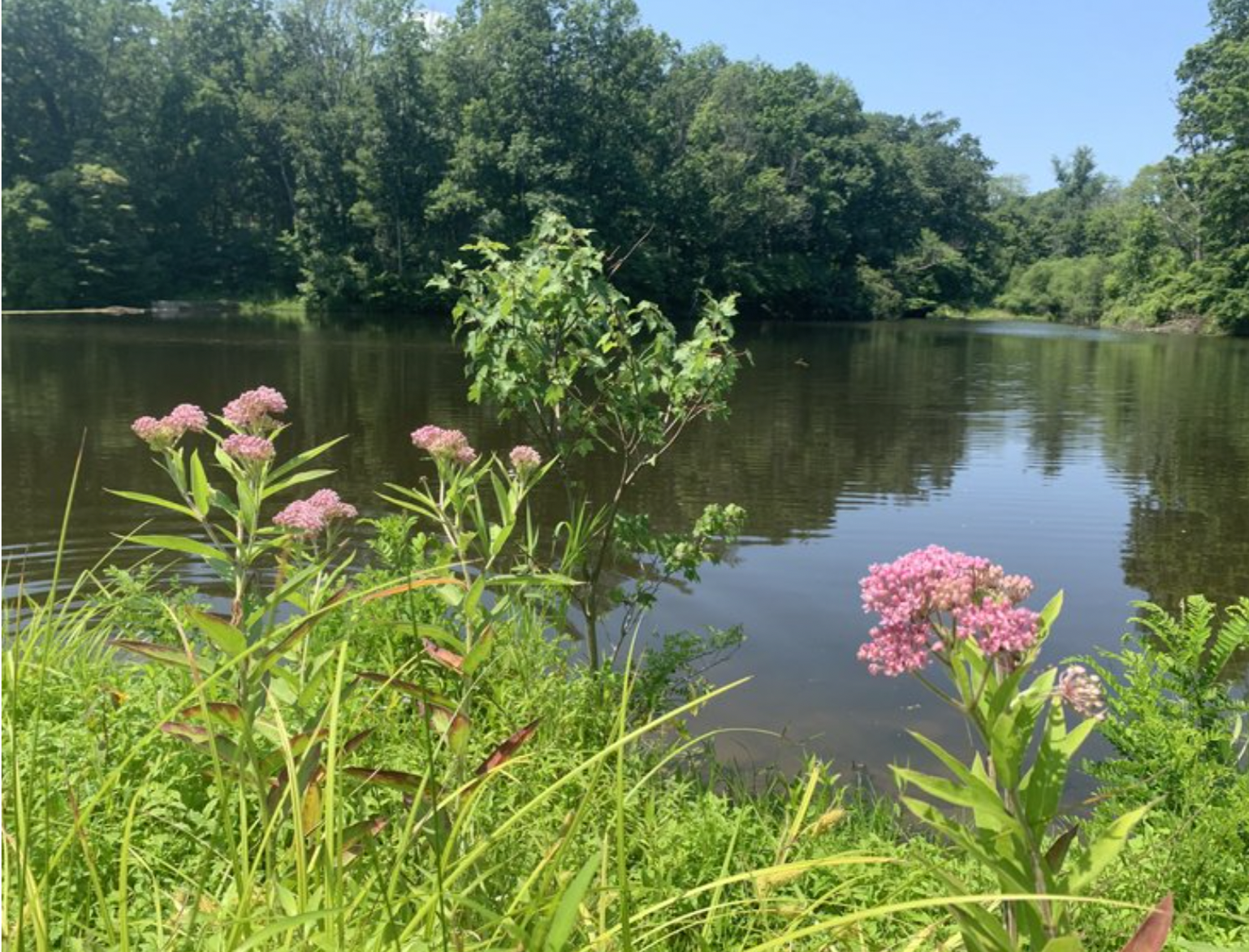Earth Day 2025: Help Restore the Lakeshore
Support the 25-acre Riparian Restoration Project
Celebrate Earth Day 2025 by protecting the heart of our local ecosystem. The Billy Johnson Mountain Lakes Nature Preserve is home to a delicate riparian zone – where land meets water. The land surrounding Mountain Lakes is vital for wildlife, water purification, and flood prevention, but invasive species are threatening the delicate balance of this ecosystem.
In honor of Earth Day, make a donation to the 25-acre Riparian Restoration Project. With your generous support, we can restore the lakeshore’s natural beauty and ecological health.
What’s at Stake?
Riparian zones are essential for protecting our water quality, providing habitats for wildlife, and preventing erosion, but invasive species are driving the degradation of this ecosystem. The invasive emerald ash borer has left us with a canopy of dead ash trees, while aggressive vines and shrubs like porcelain berry, privet, and honeysuckle are choking out the remaining native plants. However, hope is not lost as we can restore this ecosystem.
By supporting the restoration of the lakeshore, we can revitalize this habitat for wildlife and enhance public spaces for the Princeton community at-large. This effort will provide long-term environmental and economic benefits, create a better habitat and food for birds and other animals, filter stormwater, and preserve good water quality.
Whether you DONATE or volunteer, you can be part of this transformative, local effort.
Phase 1:
Invasive Species Removal
A 6-acre section of the project site is heavily overtaken with invasives and the removal is beyond the capacity of our volunteers. We seek help from donors to contract professional services for the remove of invasives in these areas. Once the contracted work is completed, our dedicated stewardship team and volunteers will continue to manage invasive plant removal.
Our fundraising goal is $30,000, which would fund both the contracted removal and material support for our land stewardship volunteer program.
Would you consider donating to this important restoration work?
Phase 2:
Restoring Biodiversity
Planting native willows, magnolias, and swamp white oaks, along with understory plants like hibiscus, swamp milkweed, and cardinal flowers, will restore biodiversity and enhance the lakeshore’s ecological health. These plants provide resources for pollinators as well as birds, amphibians, and small mammals. Protective caging will help these plants thrive by preventing damage from deer and beaver, ensuring they can flourish and support a wide range of wildlife for years to come.
Our goals is to plant 6,645 native trees, shrubs, and herbaceous plants.
Will you make a donation to help bring native flora back to the lakeshore?
Ongoing:
People-Powered Restoration Movement
This project is driven by our community of volunteers and supporters. Under the direction of FOPOS’s Director of Natural Resources and Stewardship along with the Land Steward Intern Team, volunteer stewardship sessions will engage both current and future generations of land stewards. We are building resilience, fostering connection with nature, enhancing public recreational spaces, and sequestering carbon, benefiting the entire region. Every action, big or small, drives progress forward.
Want to join our people-powered, locally-led restoration movement?





